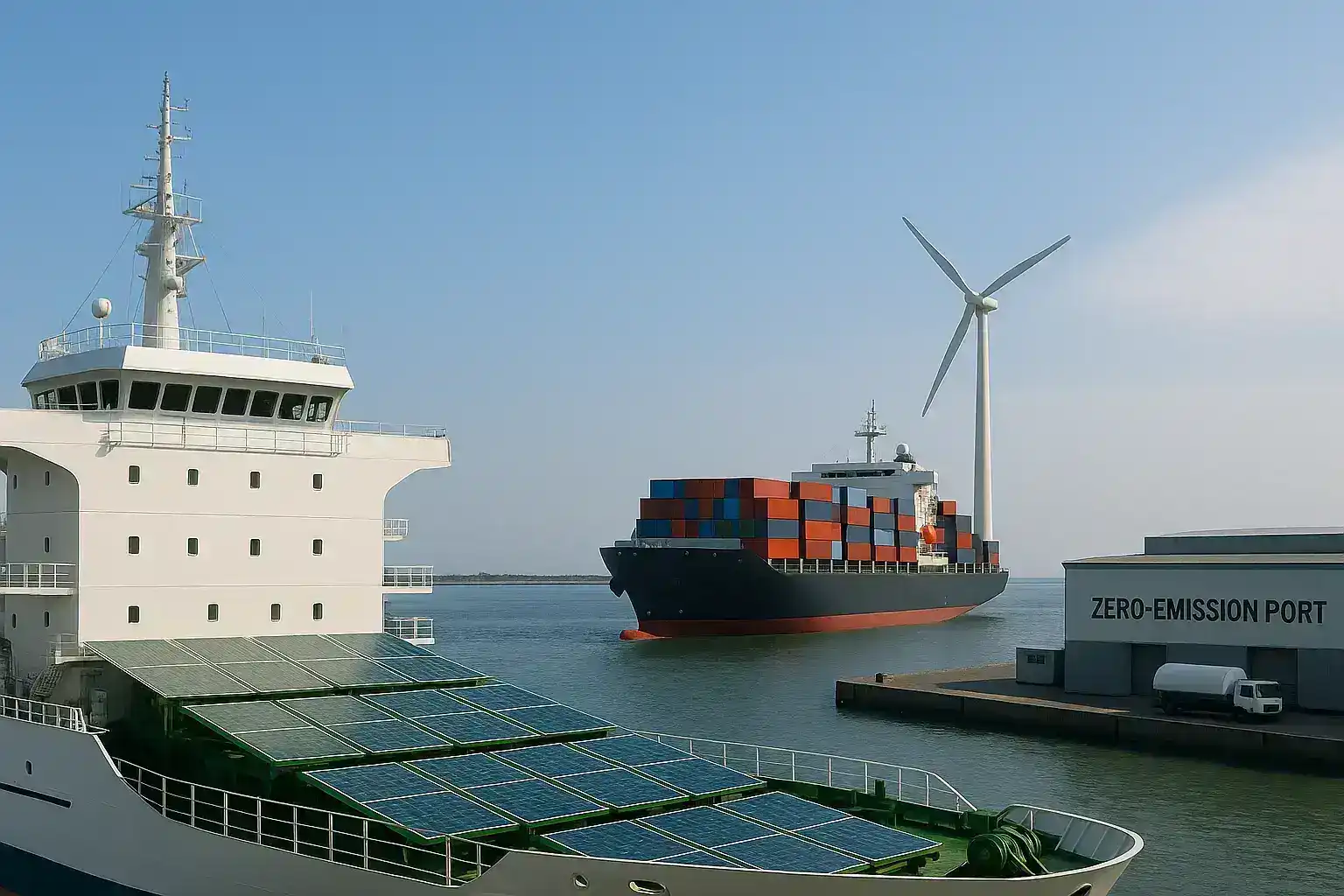27/06/2025
UK Maritime Innovations Supported by R&D Tax Relief
The UK maritime sector is going green fast, with new tech, cleaner fuels, and smarter ships. This article shows how R&D tax relief is helping innovators fund sustainable solutions and turn bold ideas into real progress.









